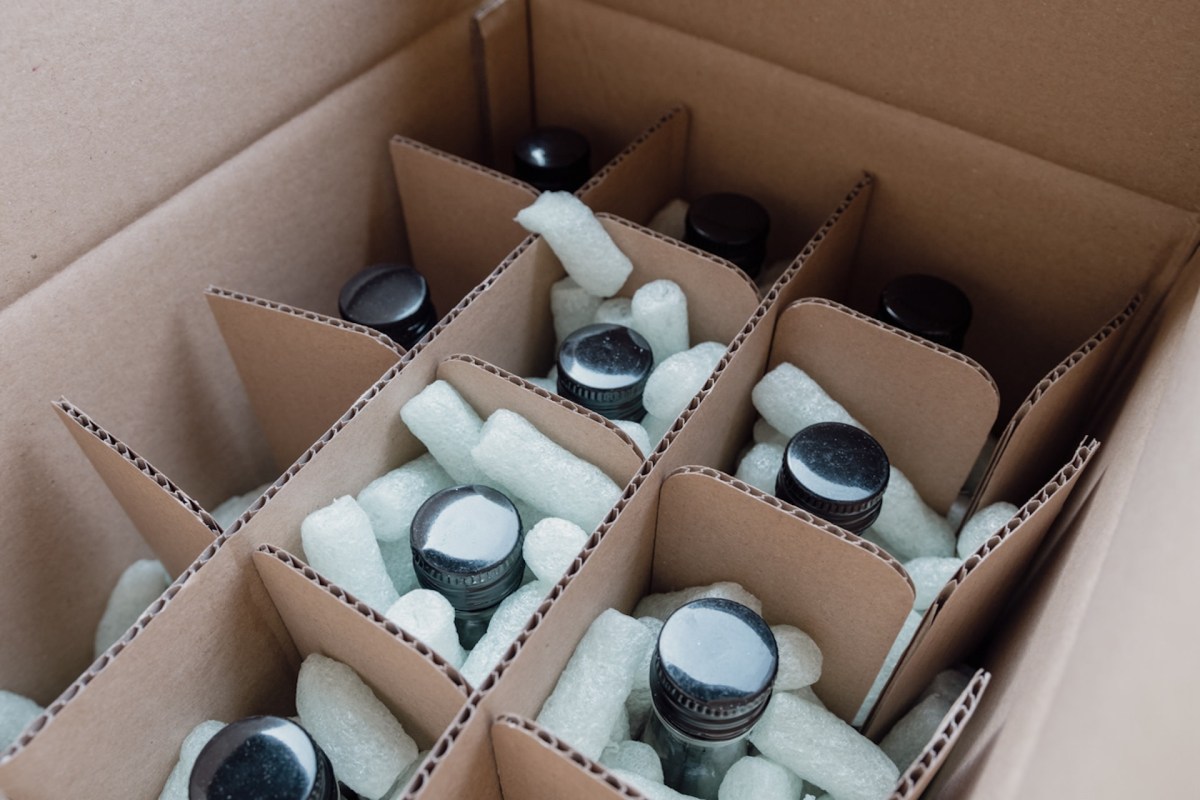A certain type of microplastic could contribute to a common mental health issue.
What happened?
In a study published in Environment International in March, scientists showed that exposure to polystyrene microplastics produced anxiety responses in mice.
They showed this by activating the (brace yourself for science jargon) HRAS-derived PERK-NF-κB pathway in microglia — or in other words, they uncovered the "molecular mechanisms" of anxiety induced by polystyrene microplastics, identifying the cells and the functions that cause inflammation responses.
"Microplastics [are] persistent, bioaccumulative, and toxic, and their impact on human health is of particular concern," they stated.
The paper noted that polystyrene is cost-effective and used in everything from personal care items to food packaging. However, its ubiquity and single-use life span contribute to extensive pollution, which harms humans and animals — microplastics can be consumed via food and in the air we breathe.
In the study, eight-week-old male mice were given doses of polystyrene microplastics and later spent 10 minutes in mazes. The distribution of microplastics and their accumulation in the brain were measured. One week after exposure, the scientists took tissue, blood, and other samples.
They found that the actions of the mice depended on whether they received doses of saline, low microplastics, or high microplastics. The mice that got microplastics spent significantly more time in the closed arm than the open arm of an elevated plus maze as well as the periphery of an open-field maze rather than the center.
Why is this concerning?
Polystyrene has been shown to inflame the digestive tracts of aquatic organisms, disrupt metabolism, and include neurotoxicity. Now, those chemical responses have been linked to anxious behavior in mice.
Anxiety is prevalent in 16% of the global population, according to the study, causing chronic apprehension that manifests in vigilance, heightened arousal, and mental disorders.
"Understanding the underlying pathological mechanisms can pave the way for early interventions, thereby mitigating the economic burden on society," the authors wrote. "Neuroinflammation is increasingly recognized in anxiety-related disorders for its established role in chronic mental illnesses. Numerous reports indicate that triggers of neuroinflammation can compromise brain function, ultimately impacting mental health and contributing to conditions such as depression and anxiety."
If ever-present microplastics can alter the body's ability to regulate inflammation, exposure to these "environmentally hazardous substances," as the authors put it, "is acknowledged as a significant risk factor for neurological disorders."
What can be done?
Instead of drinking from single-use plastic water bottles, you can use a glass or metal one to lower your chances of ingesting microplastics. Since much of our drinking water contains microplastics, scientists are working on different ways to filter out the toxins.
Also, avoid heating food in a microwave or storing hot food in plastic containers, which can leach microplastics into your meals.
Fatty foods can be a source of microplastics as well, so lowering your consumption of red meat in favor of more sustainable foods, such as beans and other Mediterranean staples, can help. Eating sustainable foods has the added benefit of helping the environment.
You can use natural products such as vinegar to clean — it even works on cleaning mold — instead of store-bought ones that include chemicals.
Join our free newsletter for easy tips to save more, waste less, and help yourself while helping the planet.









